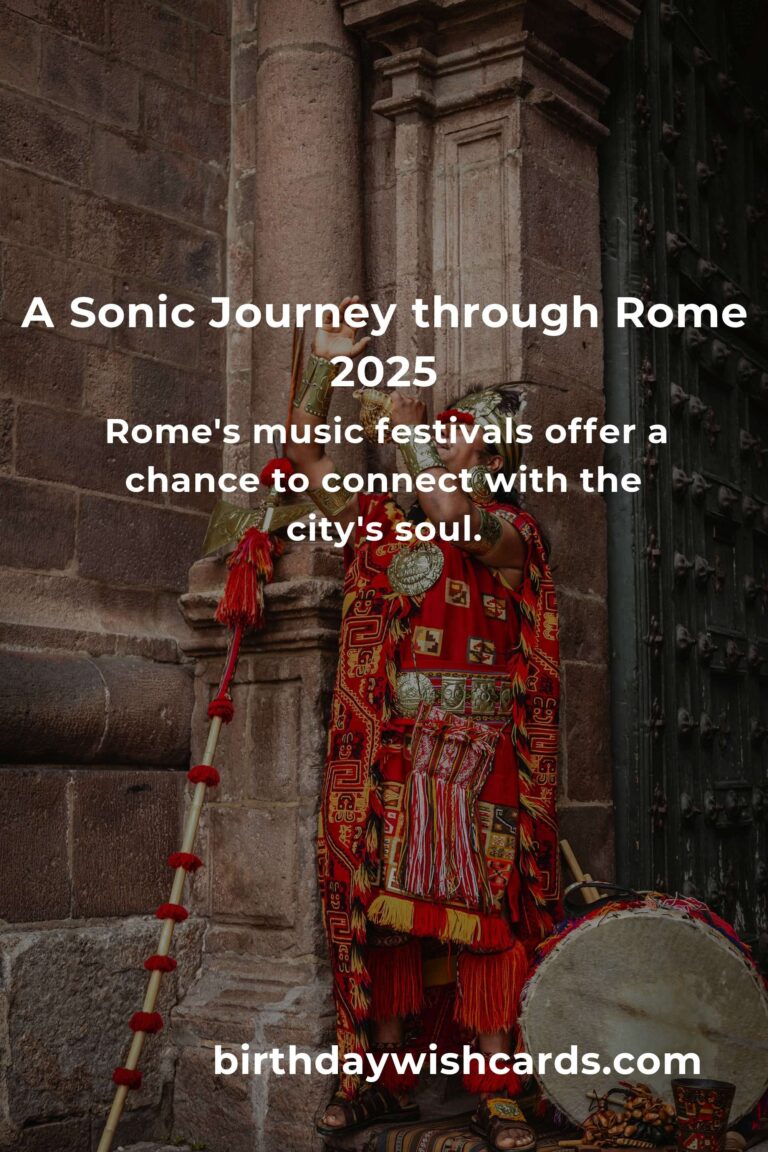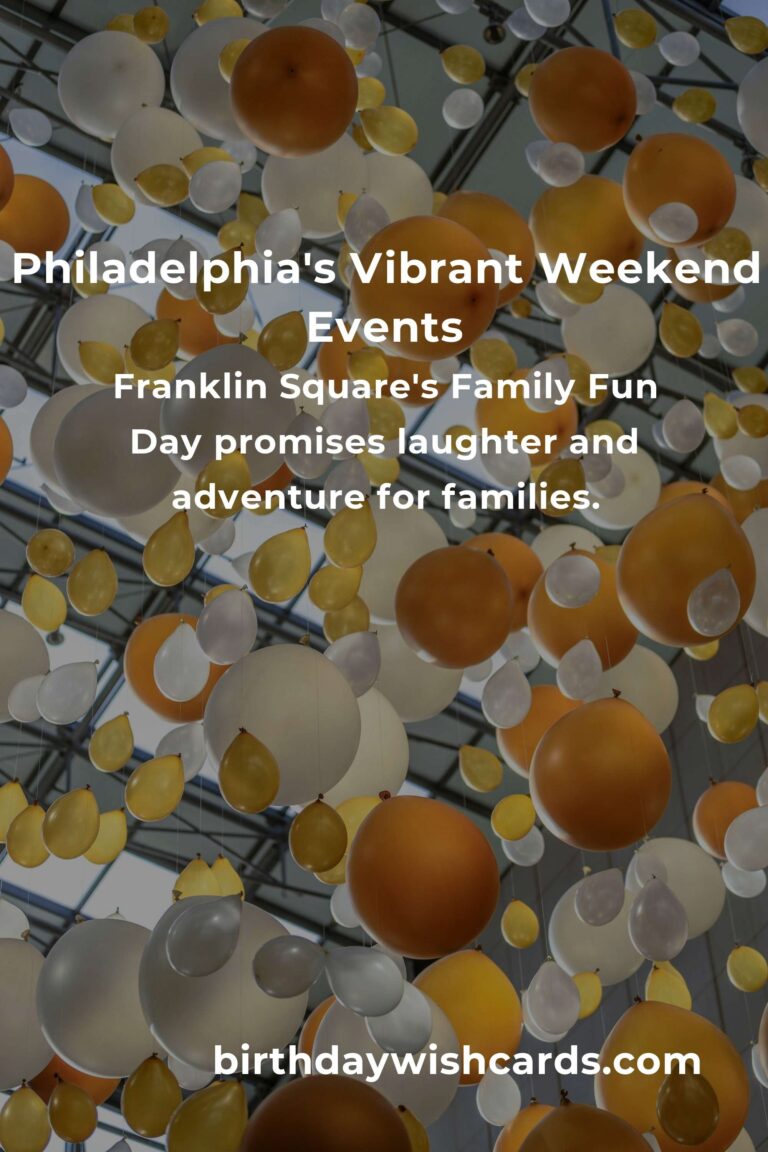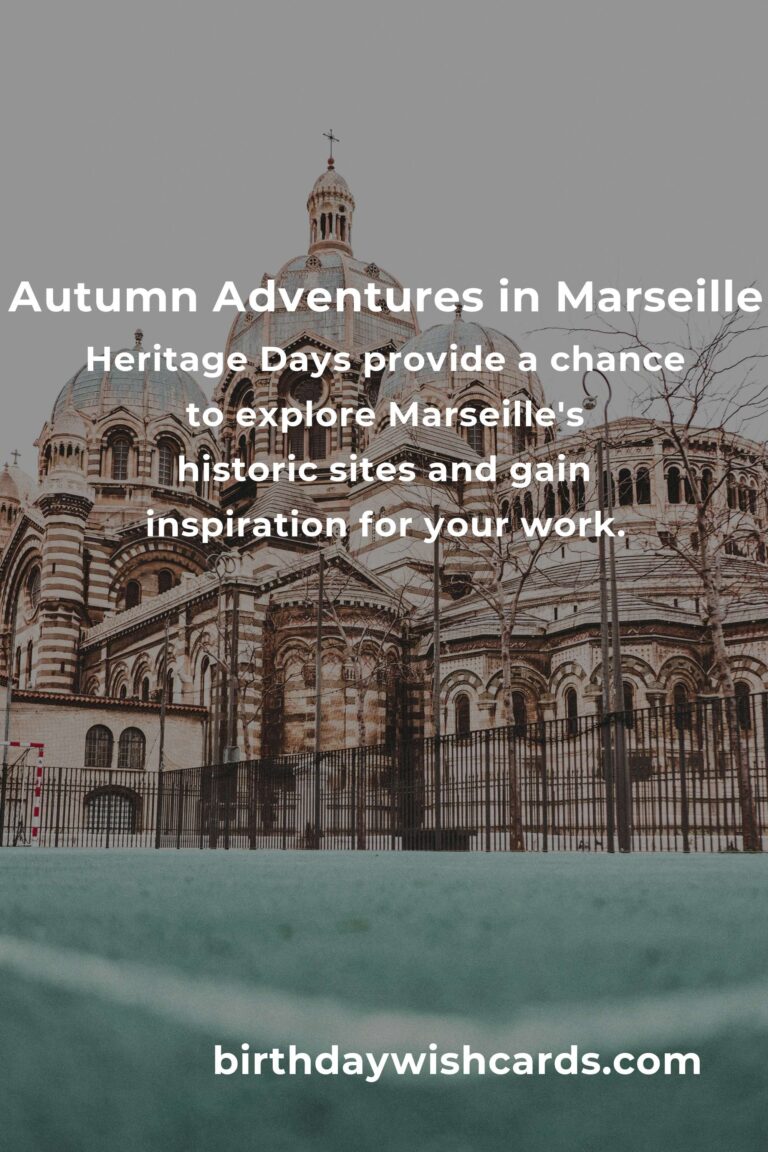Celebrate the Vibrant Culture of Colombia at the Manizales Folk Festival (January)
Colombia is celebrated for its lively spirit, rich traditions, and colorful cultural expressions. There is no better way to experience this vibrancy than by attending the Manizales Folk Festival, held every January in the picturesque city of Manizales, nestled in Colombia’s renowned coffee region. Over eight unforgettable days, both locals and visitors are invited to immerse themselves in the diverse music, dance, arts, and culinary delights that define Colombia’s unique heritage.
The Manizales Folk Festival has been a cornerstone of Colombian cultural preservation since its founding in 1967. Over the decades, it has grown into one of the country’s most significant cultural events, drawing thousands of visitors from across Colombia and around the globe each year. The festival’s mission is to celebrate, promote, and safeguard Colombia’s multifaceted folk traditions, offering a vivid showcase of the nation’s cultural diversity.
History and Significance of the Manizales Folk Festival
Founded at a time when cultural preservation was crucial for maintaining Colombia’s identity, the Manizales Folk Festival has played a vital role in protecting traditional music, dance, costumes, and crafts from various regions. Its ongoing success has kept these customs alive while introducing them to new generations. The festival serves as a cultural bridge, connecting people across ages and fostering pride in Colombia’s folklore.
More than just entertainment, the festival is an educational platform that highlights the importance of tradition in a rapidly modernizing world. It gives artists, musicians, and dancers a prestigious stage to share their heritage, ensuring these cultural expressions remain vibrant and relevant.
Parade of Traditional Costumes: A Spectacle of Color and Heritage
One of the festival’s most anticipated highlights is the parade of traditional costumes. Participants from across Colombia wear elaborate, colorful attire that reflects their distinct cultural backgrounds. Spectators are treated to a dazzling display of ponchos, skirts, hats, masks, and other garments, each telling stories of Colombia’s indigenous roots, rural life, and regional variety.
This parade is more than a visual feast—it’s a dynamic celebration of Colombian customs and rituals. Each costume carries symbolic meaning and is often




